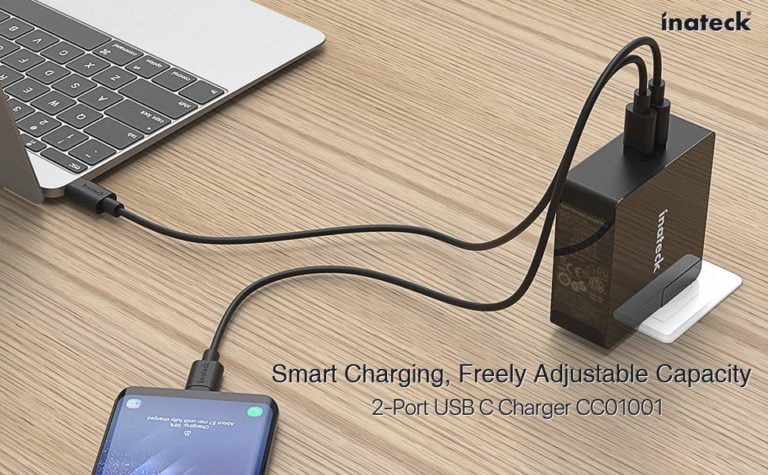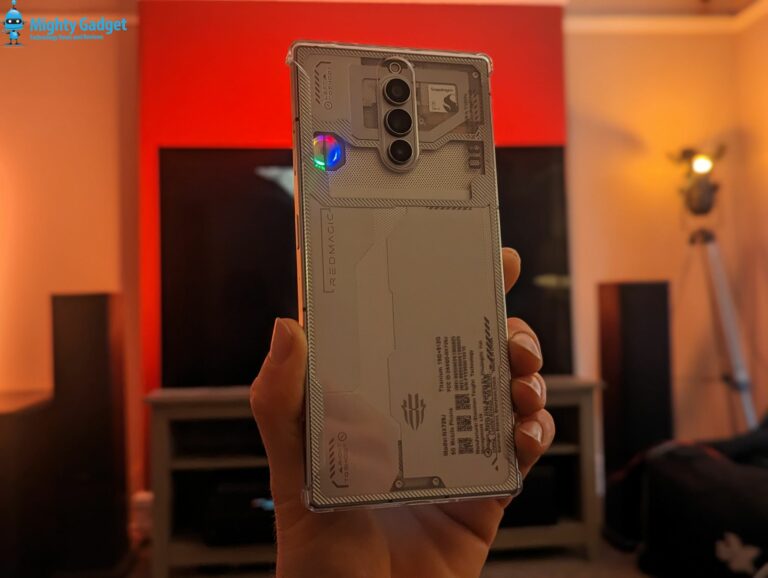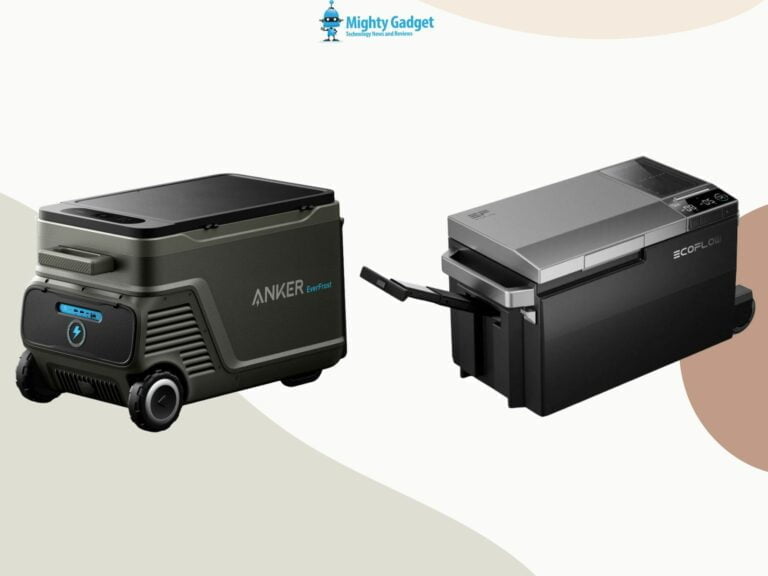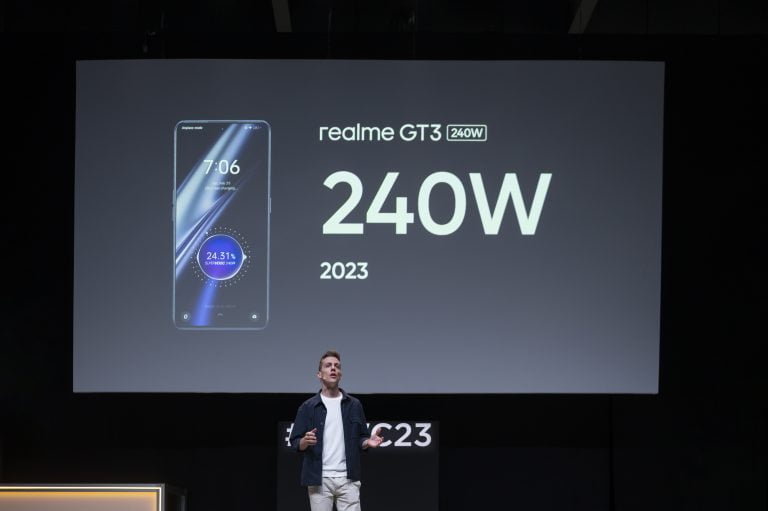Any links to online stores should be assumed to be affiliates. The company or PR agency provides all or most review samples. They have no control over my content, and I provide my honest opinion.
The Samsung Galaxy A80 has been recently announced and is one of the more exciting phones of the year, being the first phone to feature the Snapdragon 730 and its quirky sliding and rotating camera.
The Snapdragon 730 is being touted as a high-end chip that is a more affordable alternative to the Snapdragon 855.
Recently the Galaxy A80 has been tested on AnTuTu achieving a score of 207,082 with another benchmark from prototype devices being 213,113.
It is believed that the phone will launch for around £600 making it not that far off the Galaxy S10, and more expensive than some of the affordable Snapdragon 855 based phones such as the Xiaomi Mi 9 which costs around £450.
So how does the Snapdragon 730 stack up against the flagship Snapdragon 855 and the chipset it is replacing, the Snapdragon 710?
Following the Qualcomm announcement, some benchmarks were revealed on Chinese websites comparing the Snapdragon 665, 730, and 730G against the older 710 and 660.
The benchmarks revealed that the SD730G achieved 222538 overall while the SD730 got 213113 in total, the SD710 was significantly behind at 167971
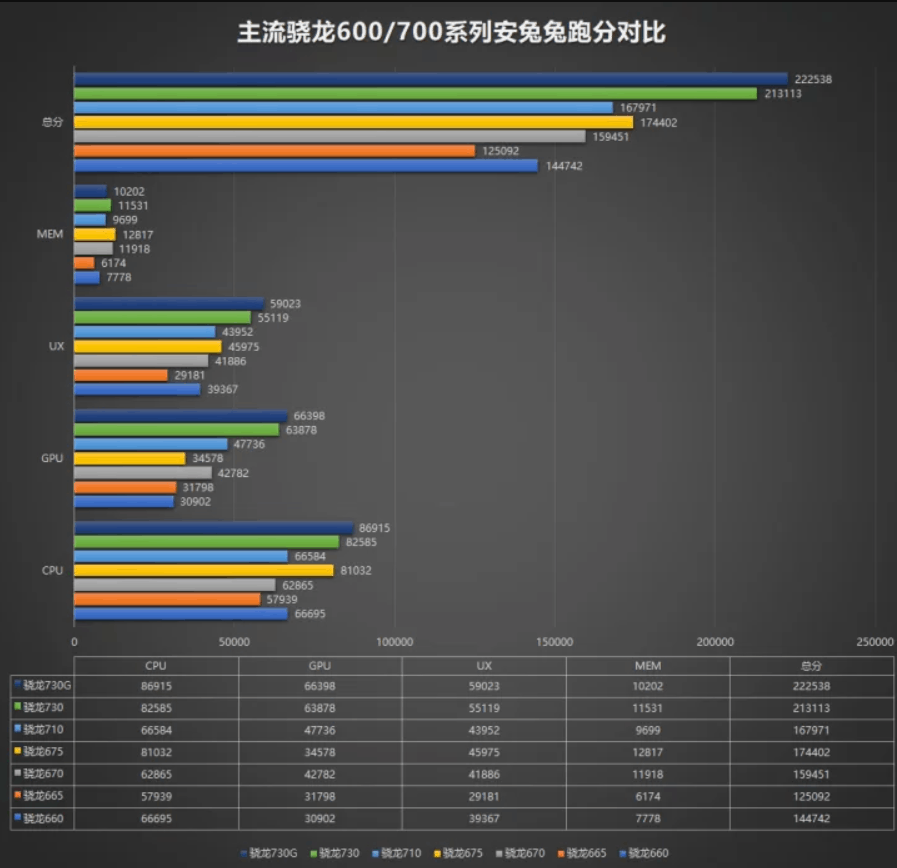
This would give the Snapdragon 730 a 27% performance improvement over the previous Snapdragon 710.
If we move onto real-world devices, the best comparisons to be made would be all Samsung phones, with the Samsung Galaxy A80 using the SD730, the Galaxy S10 with its SD855 and then the Galaxy A8s with the SD710. Then there is the older Samsung S9 using the SD 845.
Unsurprisingly the Galaxy S10 dominates the scores with 326,186, next up is the S9 with a score of 283,383, the A80 has a respectable 207,082 while the A8s at 173000.
Looking at the exact specifications both the SD845 and SD855 have much higher CPU frequencies which give them a significant advantage over the 700-series chips. Both the 800-series chips have their performance cores clocked at over 2.84GHz whereas the 700-series is clocked at 2.2GHz.
The biggest problem the Samsung A80 and Snapdragon 730 will have is pricing. I think the A80 will sell well due to its camera a design, no doubt appealing to the younger end of the market. However, when you can get the
Xiaomi Mi 9 for considerably cheaper, it doesn’t represent the best value for money. Similarly, we haven’t seen the OnePlus 7 launched yet, but it will almost certainly be priced lower than £600.
Snapdragon 730 vs Snapdragon 855 & 845 &710
| Snapdragon 710 | Snapdragon 730 | Snapdragon 845 | Snapdragon 855 | |
|---|---|---|---|---|
| Process | 10nm LPP | 8nm LPP | 2nd Gen 10nm FinFET | 7nm (N7) |
| CPU Cores | Octa-Core, 64-bit | Octa-Core, 64-bit | Octa-Core, 64-bit | Octa-Core, 64-bit |
| CPU | 2x Kryo 360 (CA75) @ 2.2GHz 6x Kryo 360 (CA55) @ 1.7GHz | 2x Kryo 470 (CA76) @ 2.2GHz 6x Kryo 470 (CA55) @ 1.8GHz | 4 x 2.8GHz Kryo 385 + 4 x 1.7GHz Kryo 385 | 1x Kryo 485 Gold (A76) @ 2.84GHz 1x512KB 3x Kryo 485 Gold (A76) @ 2.42GHz 3x256KB 4x Kryo 485 Silver (A55) @ 1.80GHz 4x128KB |
| GPU | Adreno 616 | Adreno 618 | Adreno 630 | Adreno 640 |
| RAM | 2x 16-bit @ 1866MHz LPDDR4X 14.9GB/s with 1MB system cache | LPDDR4X Quad-channel 16-bit 1866 MHz | 4x 16-bit CH @ 2133 MHz LPDDR4x 34.1GB/s | |
| Camera | Spectra 250 ISP Dual:16 MP, MFNR, ZSL, 30 fps Single:25 MP, MFNR, ZSL, 30 fps Single:48 MP, MFNR Single:192 MP | Spectra 350 Dual: 22 MP, MFNR, ZSL,30 fps Single:36 MP, MFNR, ZSL,30 fps Single: 48 MP, MFNR Single: 192 MP | Spectra 280 Single HFR 16 MPix camera at 60fps ZSL Dual 16 MPix cameras at 30fps ZSL Single 32 MPix camera at 30fps ZSL | Spectra 380 Image Sensor Dual: 22 MP, MFNR, ZSL,30 fps Single:36 MP, MFNR, ZSL,30 fps Single: 48 MP, MFNR Single: 192 MP |
| Video Encode/Decode | 2160p30, 1080p120 | 2160p60 10-bit H.265 HDR10, HDR10+, HLG 720p480 | 2160p60 10-bit H.265 HDR10, HDR10+, HLG 720p480 | |
I am James, a UK-based tech enthusiast and the Editor and Owner of Mighty Gadget, which I’ve proudly run since 2007. Passionate about all things technology, my expertise spans from computers and networking to mobile, wearables, and smart home devices.
As a fitness fanatic who loves running and cycling, I also have a keen interest in fitness-related technology, and I take every opportunity to cover this niche on my blog. My diverse interests allow me to bring a unique perspective to tech blogging, merging lifestyle, fitness, and the latest tech trends.
In my academic pursuits, I earned a BSc in Information Systems Design from UCLAN, before advancing my learning with a Master’s Degree in Computing. This advanced study also included Cisco CCNA accreditation, further demonstrating my commitment to understanding and staying ahead of the technology curve.
I’m proud to share that Vuelio has consistently ranked Mighty Gadget as one of the top technology blogs in the UK. With my dedication to technology and drive to share my insights, I aim to continue providing my readers with engaging and informative content.



